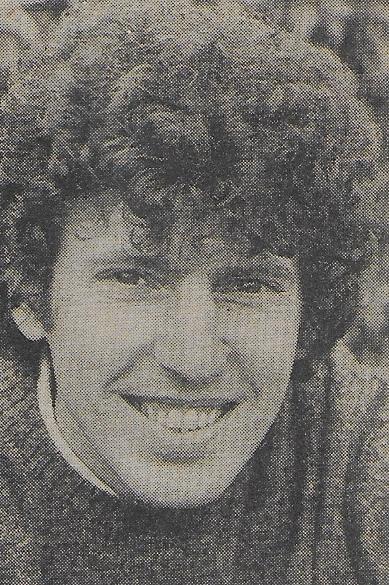The following article first appeared in the Sunday, February 12, 1978 edition of the “OJAI VALLEY NEWS” on Page 4. It is reprinted here with their permission.
Feds doing council’s job
by
John E. Nelson, M.D.
___________________
Our
environment
___________________
“Clean Air — Or No Growth, City Told,” a recent OVN headline proclaimed.
Thanks for the choice. But we’ll take both.
Here’s the situation as it now stands. Because Ojai’s City Council and the county board of supervisors have proved themselves shamefully unwilling to halt rampant growth and air pollution in our valley, the big-brother federal bureaucracy is going to do it for us.
The means they’ll use is through our outmoded sewage treatment plant which has long been fouling the Ventura River in violation of federal health standards. If the plant is not upgraded soon, we could be fined $15,000 a day. In order to get the job done, a large federal grant must be approved.
BUT THE FEDS seem to be more concerned about the quality of our air than our own elected officials have been. They know that an upgraded sewer plant opens the gates to new development and overpopulation with inevitably increased air pollution.
Because we have failed to meet the standards set forth in the federal Clean Air Act, our valley has been designated as a “non-attainment area” — bureaucratic jargon which means that our air is unsafe to breathe during 98% of summer days. So the federal government is saying that it’s not about to give us money to make our air even more unhealthy.
Their hand so forced, the Ojai city council responded by postponing the final decision on the all-important general plan which will set the limits of future growth. They had hoped to push through their version of the plan before March 7 when the people will have a chance to elect a more environmentally aware council. This change again underscores the importance of this crucial election in determining the future of the entire valley.
MEANWHILE, the city planning commission and the county Air Pollution Control District are pointing their fingers at each other in a pointless dispute over where the air pollution comes from. APCD officials, who live outside the valley, say we make our own. Commissioners, who live inside the valley, say it blows in from elsewhere. Both sides seem to be clouding the issue and protecting their own interests.
The APCD, which is responsible for controlling air pollution on a countywide basis, has inexplicably been playing a now-you-see-it-now-you-don’t game with Petrochem’s nitrogen oxide emissions. One wonders about their motivations for so compromising the health of the citizenry it is enjoined to protect. Perhaps they are covering the incredible mistakes of the board of supervisors in allowing Petrochem and oil drilling to exist in the first place.
The city planning commission, which now faces a mandate to halt new sources of air pollution within the valley, prefers to believe that there are no polluting industries here (ignoring the oil-drilling industry), and that “all we have is traffic and homes” (as if traffic were not the single major source of smog).
The truth is that there is too much pollution coming from both inside and outside the valley. Each side in the dispute seems to be engineering a monumental cop-out designed to relieve themselves from responsibility in dealing with the problem. Such thinking hardly seems worthy of the great challenge created by our ever-mounting smog hazard.
The solution to this problem lies in a vigorous effort from both agencies not just to keep our air from getting worse, but to clean up the already unacceptable levels of disease-producing smog. This column calls upon the APCD to increase its monitoring of Petrochem and oil-drilling sites, and to publish weekly reports on its activities. The Ojai Planning Commission must likewise do their part by halting all population growth now. The recent public outcry which resulted in the denial of an ill-conceived tract development clearly indicates that this is the will of the people.
FORTUNATELY, the voters of the City of Ojai will on March 7 have an opportunity to seat a majority of environmentally committed councilpersons who will do more than wait for Washington to tell them how to preserve our valley. The candidates have been crystallizing their stands, and our choices are becoming clear. Look for an update on this crucial election in a future column.


